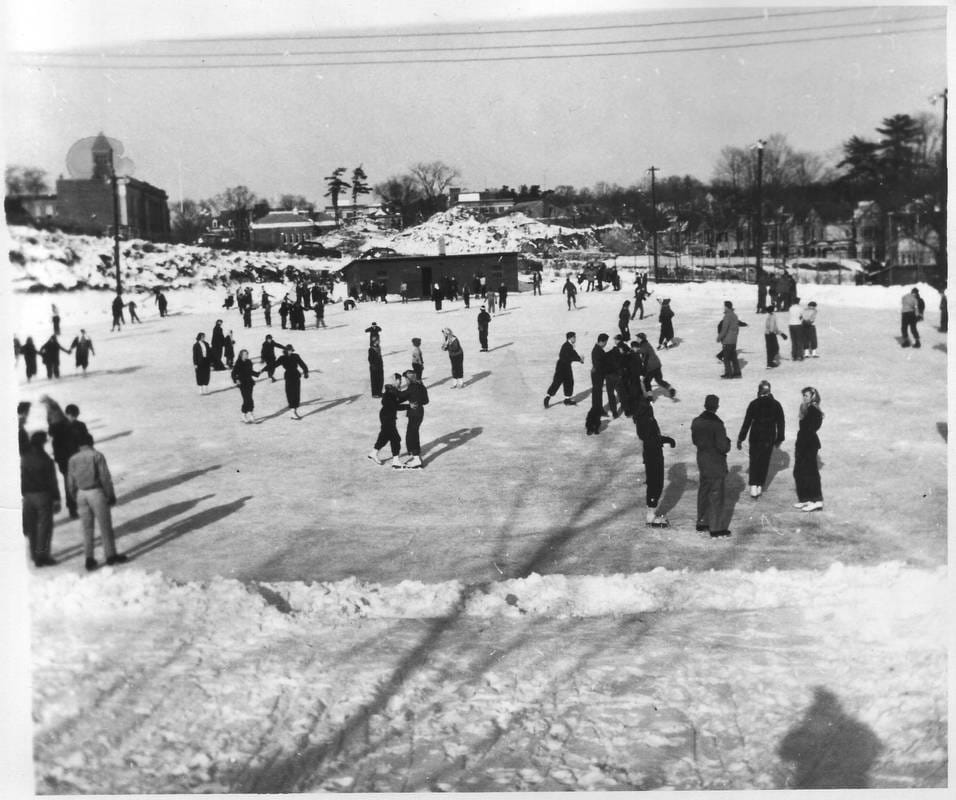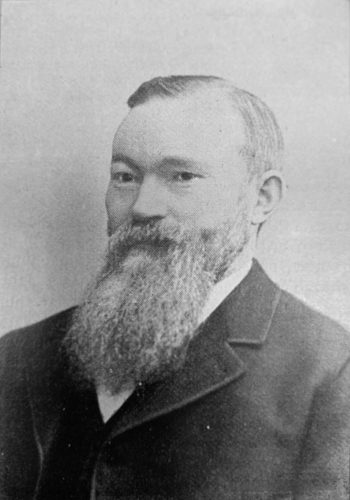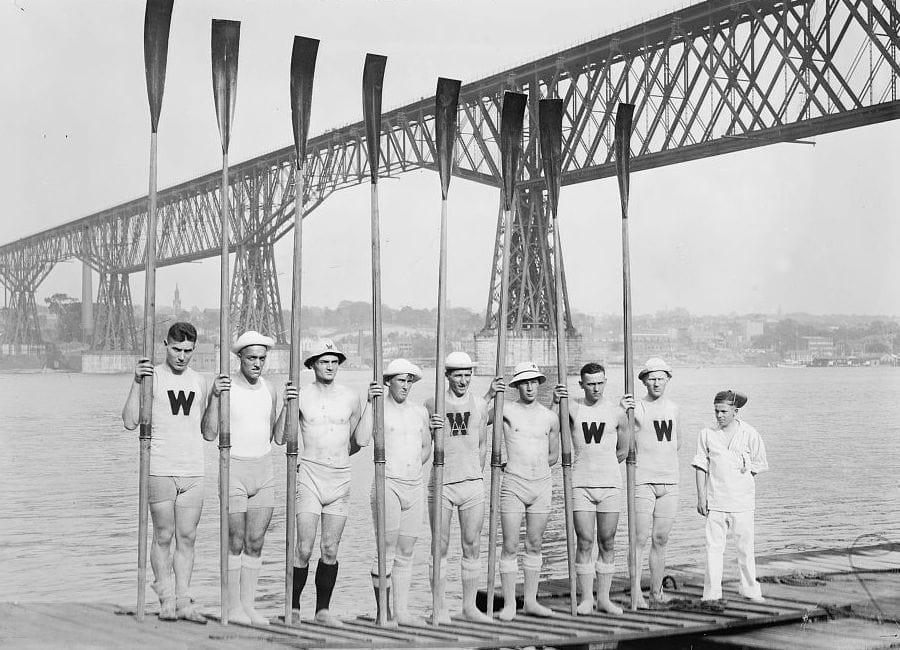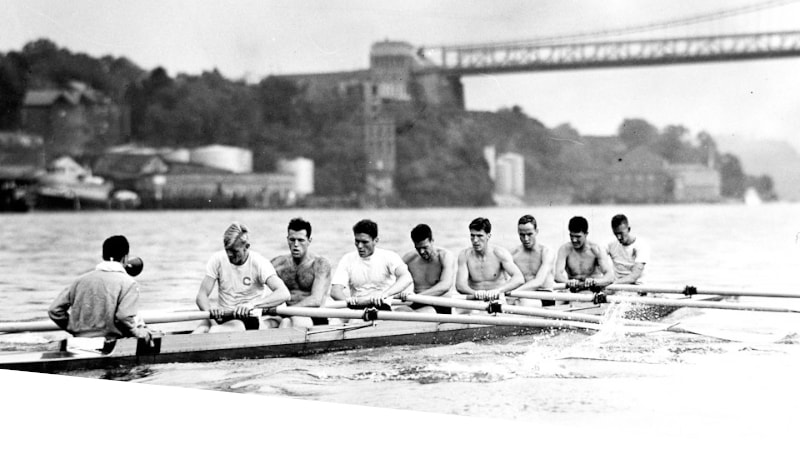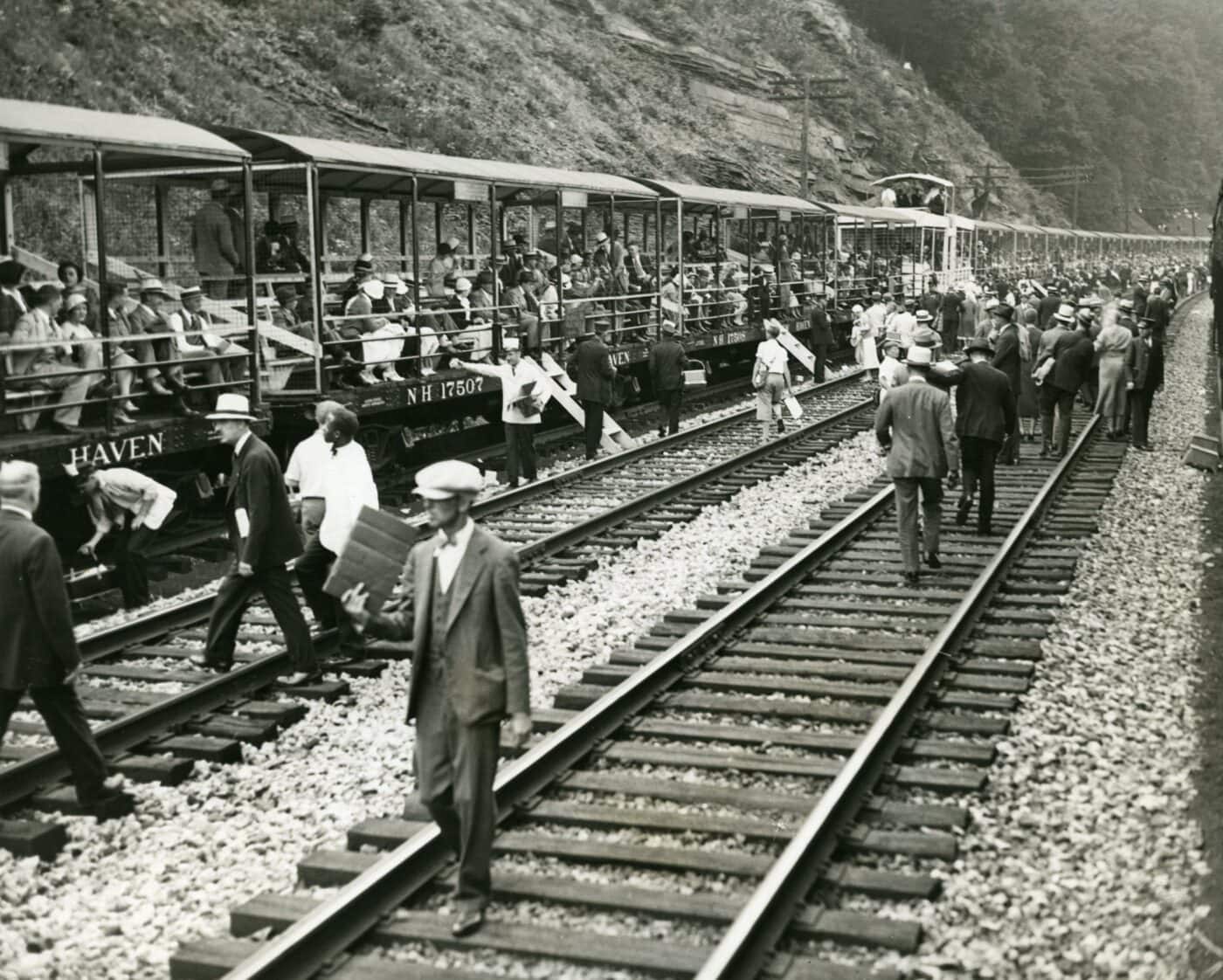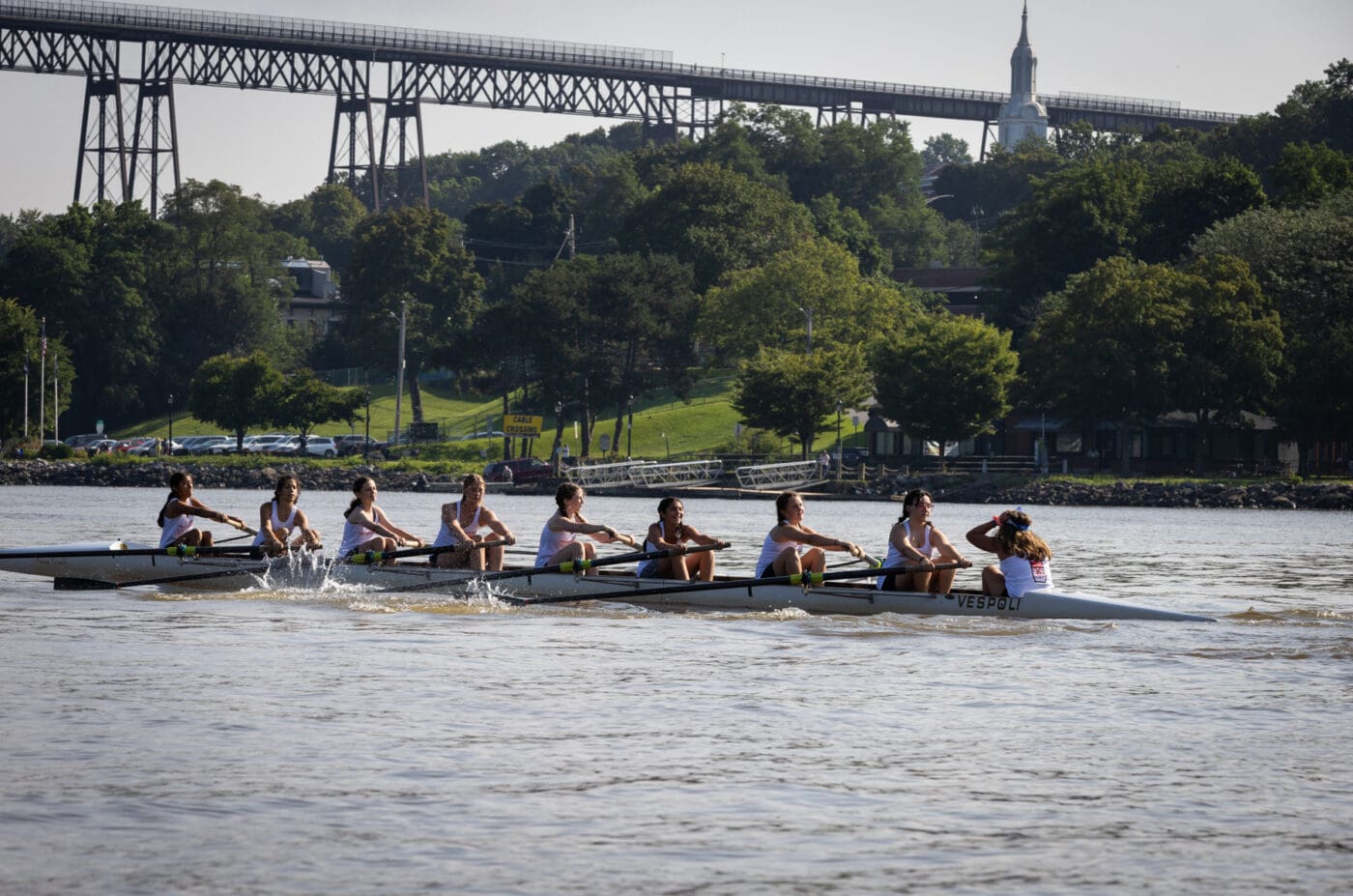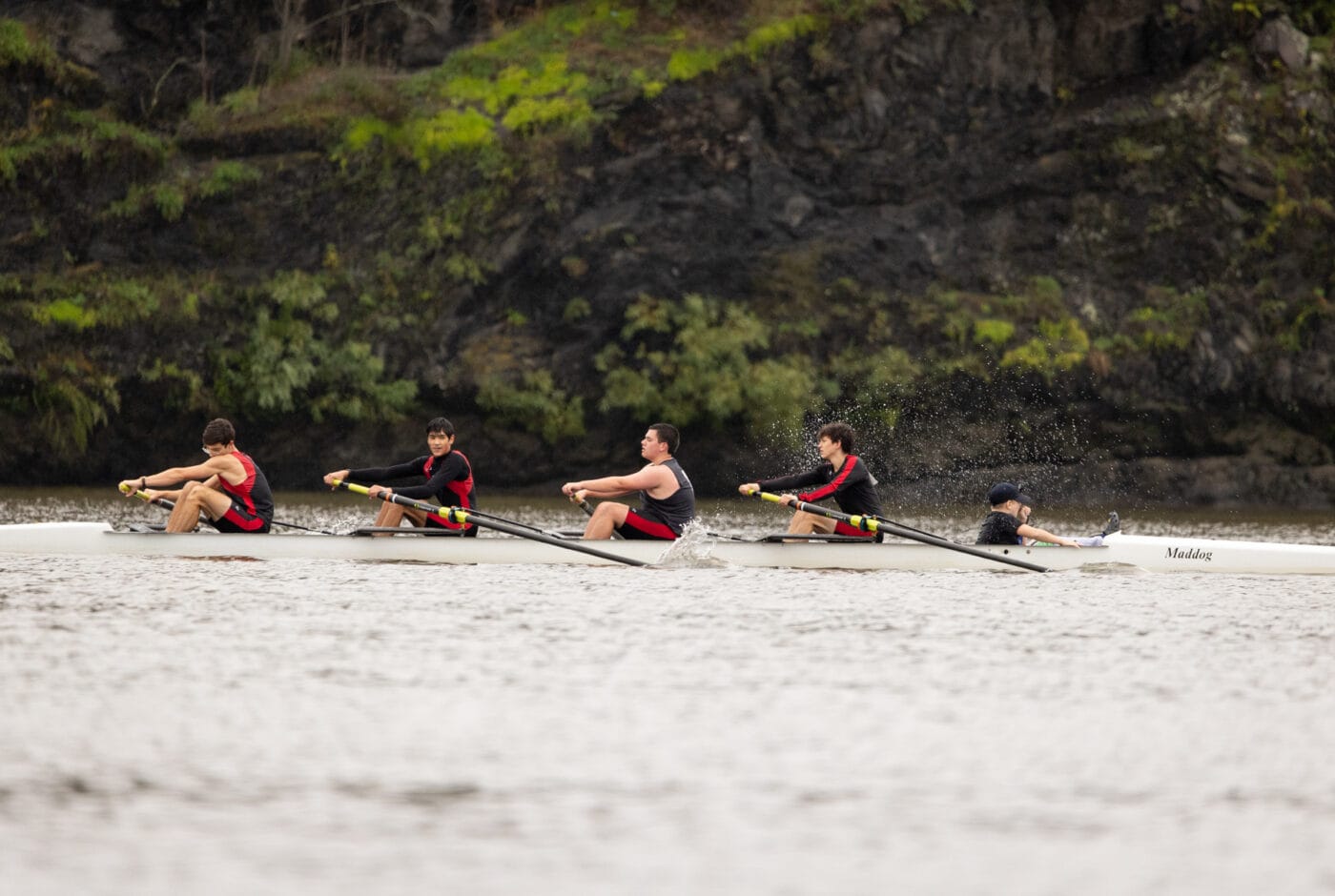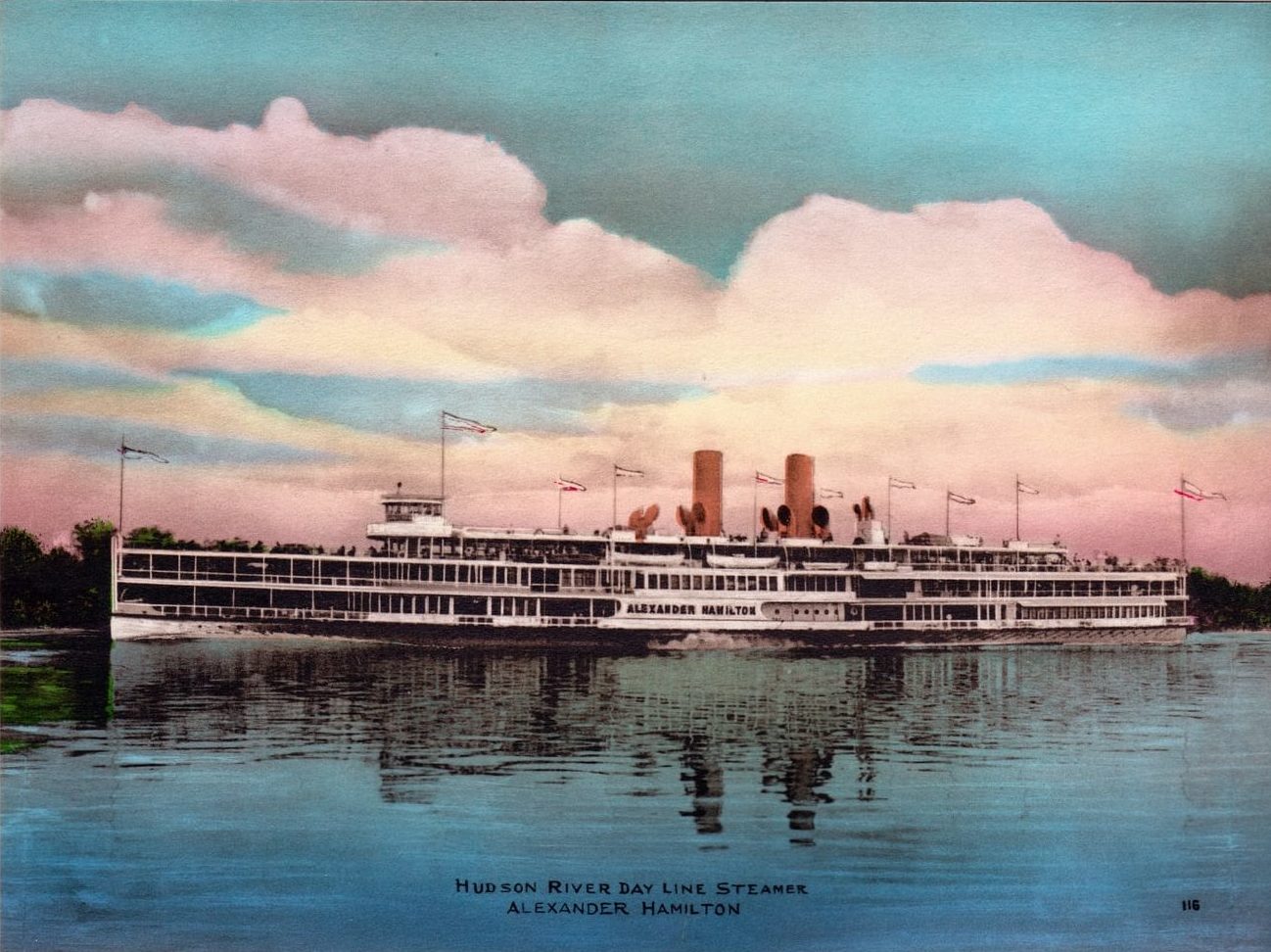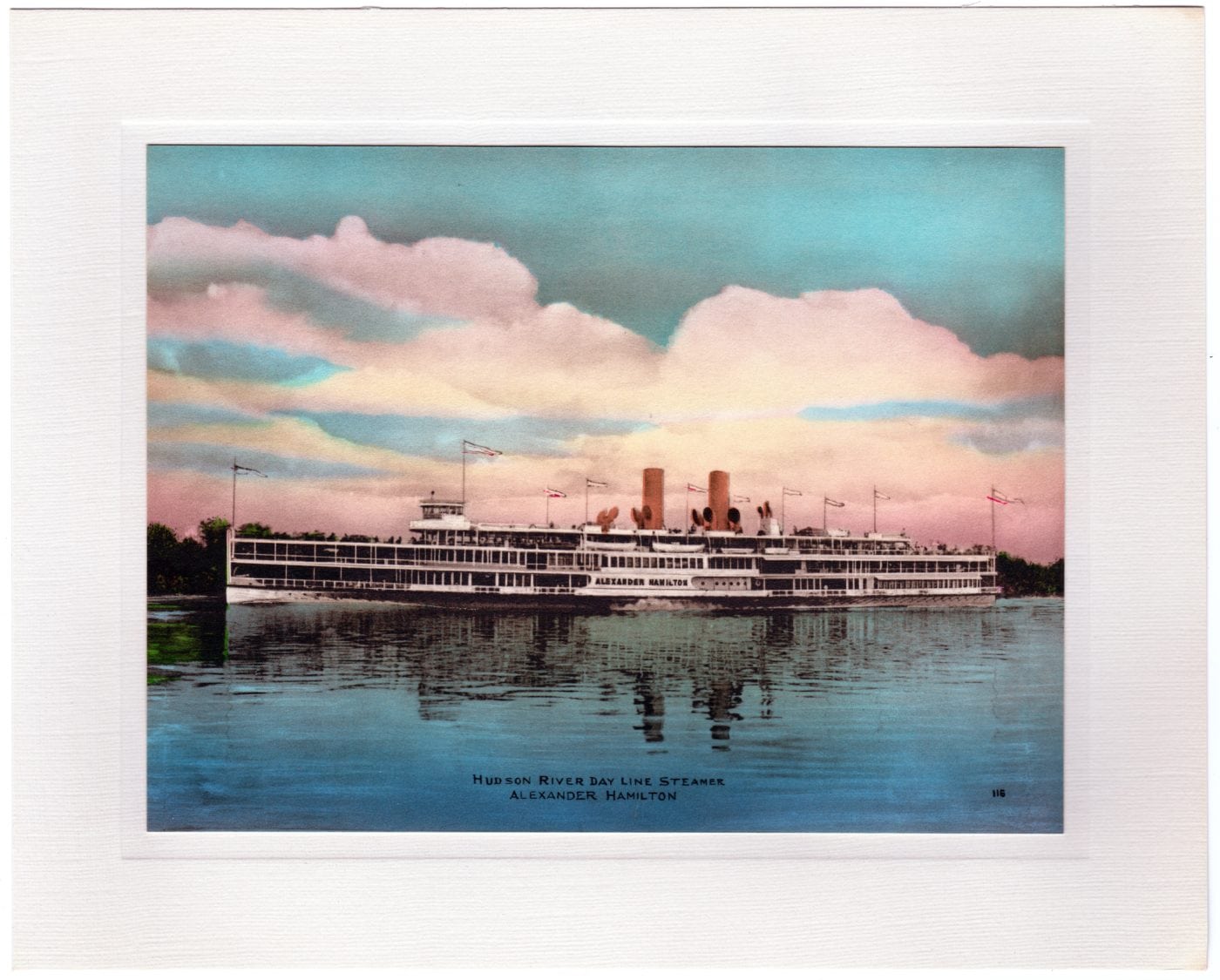Spring is striper season on the Hudson River — a time of joy for fishing enthusiasts and biologists alike.
From early April through the end of May (and, if anglers’ luck holds, into early June), striped bass will continue their annual spawning run, turning the Hudson into a fishing frenzy. What makes catching one so special?
One, their size: Stripers can weigh upwards of 75 pounds (the largest ever caught in the Hudson tipped the scale at 60 lbs.). And two, their feistiness: Stripers put up one hell of a fight when hooked. To take on this challenge, author and Riverkeeper founder Robert Boyle once said, “There are anglers who will sacrifice their jobs, their marriage and even their sacred honor.”
Migrating Up River to Spawning Grounds
For scientists, the homecoming of striped bass in the Hudson provides excitement enough. Named for the 7-8 dark horizontal lines running the length of their silvery sides, stripers are anadromous — they live in saltwater (in their case, the Atlantic Ocean) but migrate to freshwater to breed. They don’t commence their upriver journey until they gauge that the Hudson’s water temperature is just right—58-60 degrees. Their annual spawning destination remains the same throughout their reproductive life. To locate it, they rely on a superior sense of smell (keener than a dog’s).
Upon arrival at their traditional spawning spot, a female will release up to 3 million eggs for males to fertilize. Both their jobs complete, they soon head back to the Atlantic. The eggs drift with the current and hatch (if lucky) within 2-4 days. Juvenile stripers will mature in the Hudson for as long as 2 years before following their parents to the ocean, where they are the mainstay of a substantial sport-fishing industry spanning from New England to Florida.
Trouble From Toxins and Overfishing
The interaction between Hudson Valley residents and striped bass has taken many turns since Native Americans caught and ate them. In the 17th century, the fish were so plentiful that colonists used them as fertilizer, until overfishing caused such a decline in this important food source that lawmakers banned the practice. As late as the 1930s, some 300 commercial fisheries along the Hudson netted striped bass (along with shad and sturgeon). The industry came crashing to a halt in 1976, when New York State banned it because of PCB pollution.
Since then, populations of striped bass in the river have seesawed, from a low of 5 million in 1982 to a high of 56 million in 2006. Responding to the conclusion of a 2018 study by the Northeast Fisheries Science Center that striped bass populations along the Atlantic Seaboard have “declined below the threshold for a sustainable level,” the state this year instituted stricter fishing regulations. Anglers may keep 1 striper/day ranging in length between 18-28 inches. They must return all fish outside that limit.
The Fish that Helped Found Scenic Hudson
Striped bass proved an essential partner in Scenic Hudson’s founding campaign to stop a hydroelectric plant from defacing Storm King Mountain, which sits next to one of the river’s prime striper spawning grounds. Scientific analyses showed that the facility would kill striper eggs and larvae by the millions. This dire news drew fishing organizations throughout the Northeast to the campaign; in essence, it wound up sounding the project’s death knell. Scenic Hudson has repaid the favor by conserving more striped bass spawning and nursery grounds at Haverstraw Bay, Esopus Meadows and Stockport Flats.

Striped Bass (Photo: Sound Bound Fishing Fleet – New Rochelle, NY) 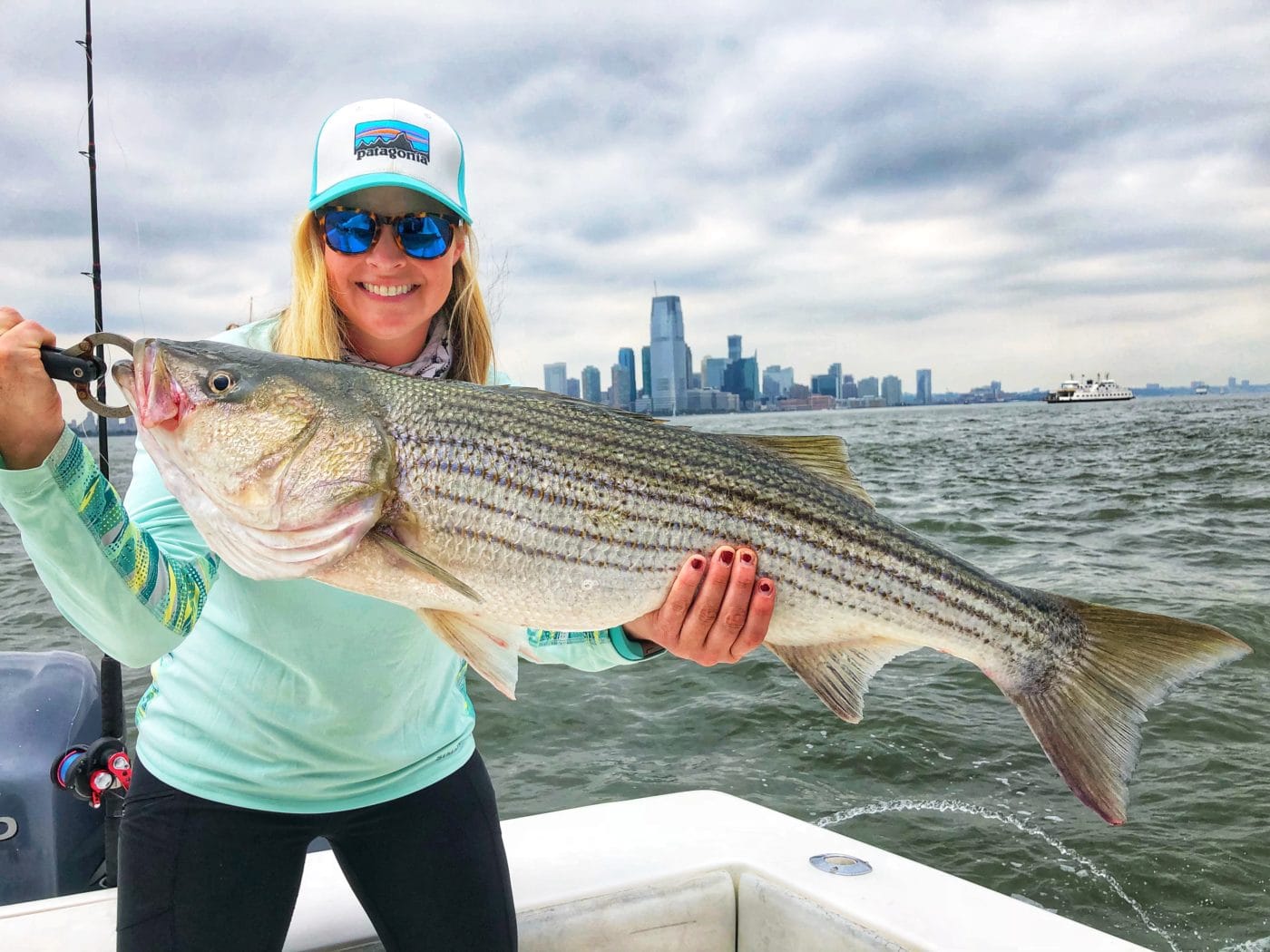
Striped Bass caught by Lauren Hepplewhite (Photo: NYS DEC on Flickr (CC BY-NC-ND-2.0)) 
Striped Bass (Photo: Sound Bound Fishing Fleet – New Rochelle, NY) 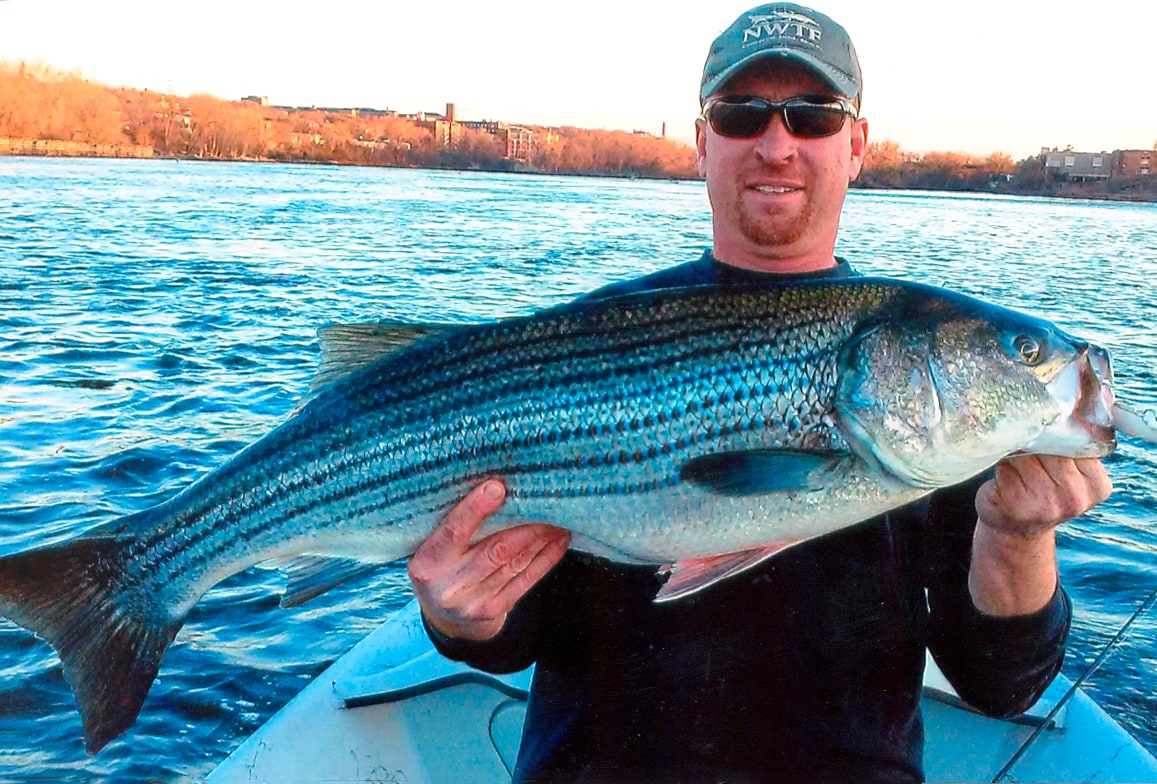
38″ Striped Bass caught by Jason Hamilton (Photo: NYS DEC on Flickr (CC BY-NC-ND-2.0))


